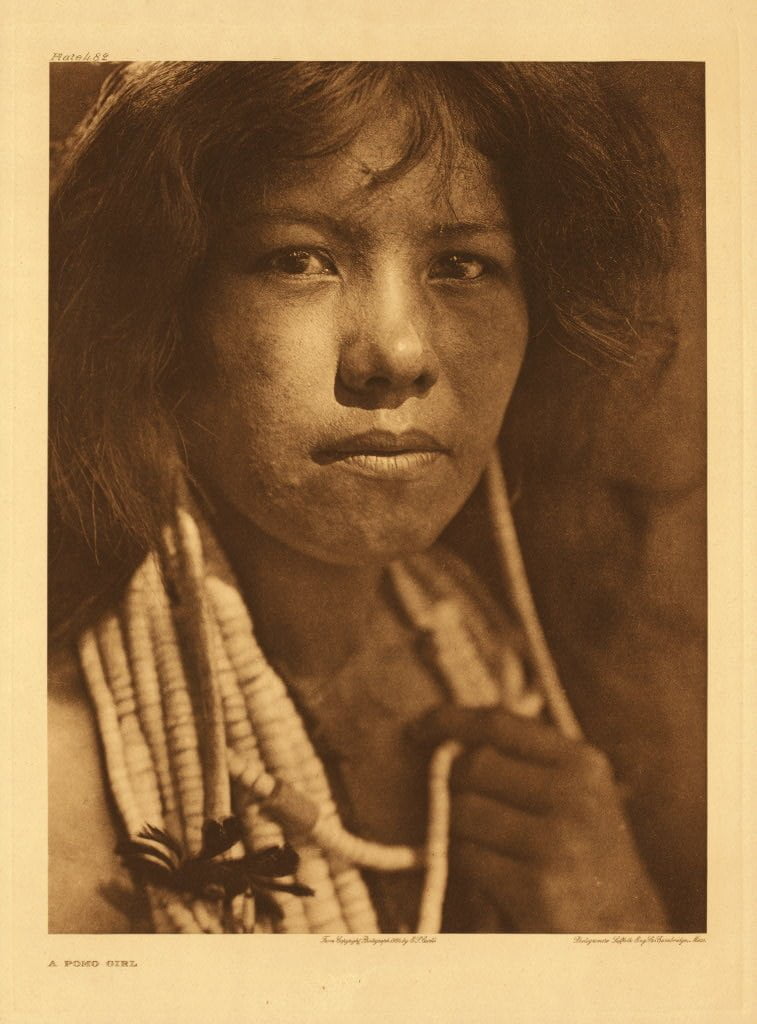Big Valley Tribal members are descendants of the Xa-Ben-Na-Po Band of Pomo Indians that historically have inhabited the Clear Lake area of Lake County, California.
In 1851, Big Valley Pomo leaders met with a representative of the President of the United States and all agreed upon a treaty that would allow them to live in peace and harmony with the new settlers coming to the area. This treaty established a reservation with a habitable area of approximately 72 square miles on the South side of Clear Lake which encompassed Mt. Konocti east of Kelsey Creek. The area also included significant water front property just west of an exclusive area known as Buckingham. On July 8, 1852 the United States Senate, in executive session, refused to ratify this and 17 other California Treaties and ordered them filed under an injunction of secrecy which was not removed until January 18, 1905 (53 years later). At the same time Congress passed the Land Claims Act of 1851 which provided that claims to all lands in California be presented within two years of the date of the act. Their leaders were unaware of the need to present their claims and failed to meet the statutory deadline. Deprived of protected legal title to their lands by treaty or formal claim, their ancestors became landless.

Years later the various Pomo Bands around the lake were given small parcels of land called Rancheria’s. The Big Valley Pomo Rancheria site was initially established as a Catholic Mission in 1877. In 1914 the U.S. Department of Interior purchased the land for their tribe and in 1936, under the Indian Reorganization Act, they were federally recognized. Then in 1963 their Tribe was illegally terminated under the California Rancheria Act of 1958. The tribe was subsequently re-established by court order as a federally recognized tribal entity in 1983 under Tillie-Hardwick. During that 20-year period approximately half of the original Rancheria land had been re-sold to non-Indians. In 1986 the Big Valley Pomo band began the process of reconstituting their rights of self-determination by re-forming their government through the guidance of their 1936 Constitution. They also began the task of buying their land back.
The Big Valley Band of Pomo Indians is a self-governing tribe, which means they have the right to govern their lands in much the same way that the Board of Supervisors governs the lands within the boundaries of Lake County. They have the powers to write and enforce ordinances, regulate commerce, tax, set up a judiciary and police enforcement system and other powers delegated to local governments. Their government is similar in many ways to that of the local county government. In many ways their little Rancheria is a microcosm of Lake County, a self-governed community with all of its strengths and weaknesses magnified by its mere 153-acre size.
In 1994, their Chairman, with the support of tribal members, defied local, federal and state officials by constructing Konocti Vista Casino and, almost overnight, they became one of the larger employers in the County. In 1999 their economic venture contributed over $2.8 million in payroll dollars into the local economy.
In 1999 the Big Valley Tribe adopted a Master Land Use Plan and Mission for the future development of the Rancheria. Their Tribal Mission is to provide economic self-sufficiency, improve self-esteem, promote quality future development, provide for and maintain a government for the community, protect the environment and enrich tribal life by preserving, documenting and teaching the Pomo culture for future generations. In 1999 they also formed a Housing Authority with the mission to provide safe, decent, sanitary and affordable housing, housing opportunities and safe communities that enhance the quality of life for low – and moderate – income tribal members.
